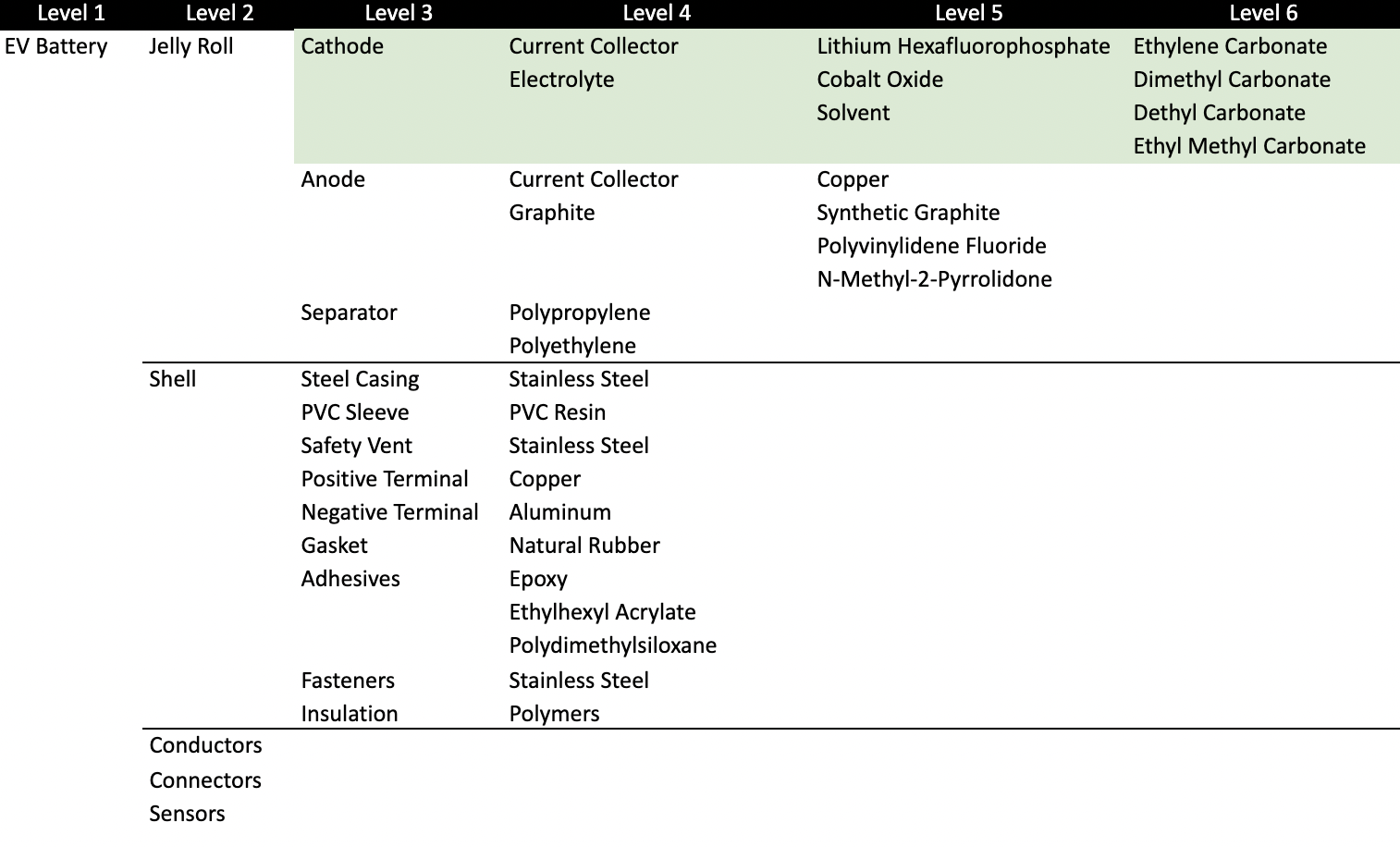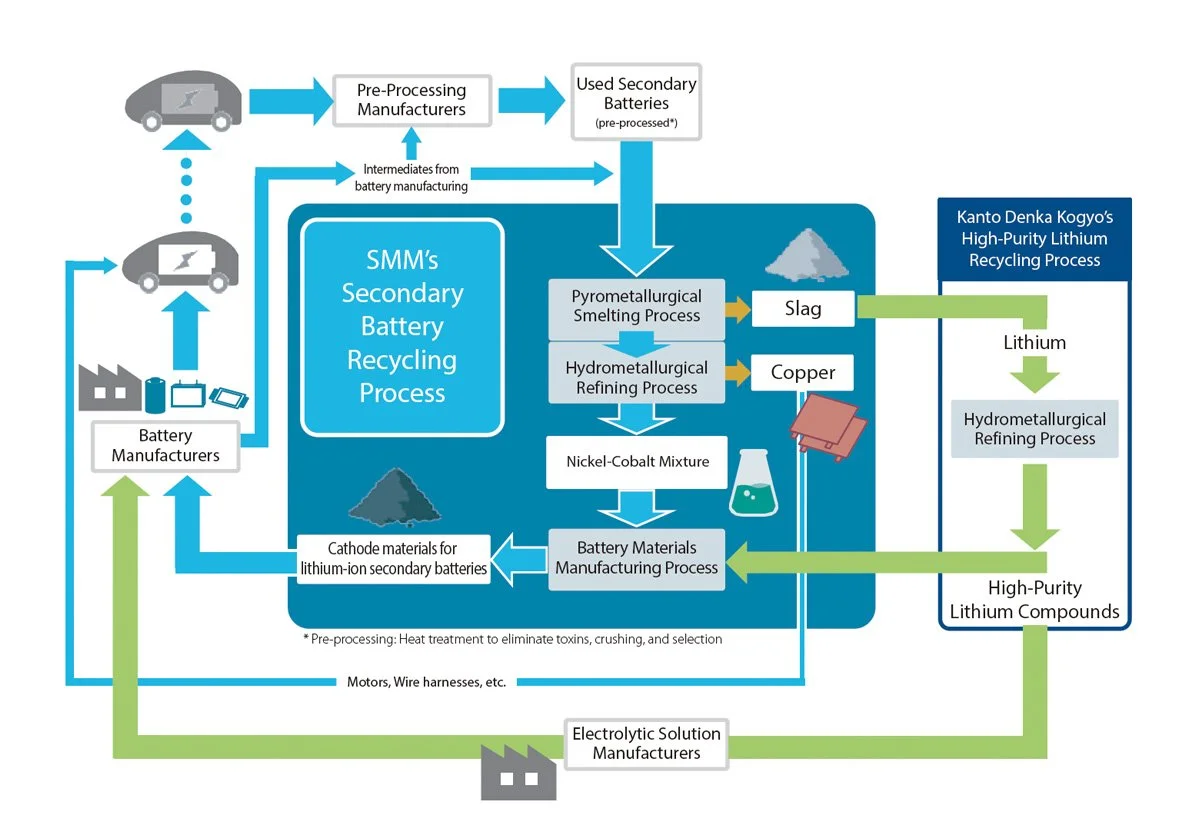Canary in a Lithium Mine
Life Cycle Assessments (LCA) have been done on various products for over 50 years, including Plugin Hybrid Electric Vehicles (PHEV). LCAs provide a great way to find highest environmental impact areas in materials and hotspots in processes. When it comes to materials and processes, the star of the show is the battery with plenty of corresponding incentives and policies.
Source: “Environmental Life Cycle Assessment”, Schenk and White, 2014
EV car model year 2025 is set to have a historic level of new introductions by Acura, Afeela (taking orders), BYD (US bound), Chevy, DeLorean, Fiat, GMC, Honda, Jeep, Mini, Ram, VinFast, Volvo, and VW. That is a lot more batteries to be sourced, manufactured, and eventually recycled. Incentives are aligned in various stages of the EV battery life cycle, but the end-of-life regulations are still in early days.
Image: Product Life Cycle with EV Battery incentives, regulations considerations
Guidelines for securing minerals for the energy transition have been out there. Perspectives on how best to collaborate on battery manufacturing are being shared. Mining cost and risk keep rising in addition to supply depletion of the precious metals like lithium and platinum. As such, recycled content and recyclability are becoming more important design factors for EV batteries. The jelly roll design for EV batteries, perhaps the most popular, will require recycling centers to handle a mixture of materials including: metals, chemicals, epoxies, and electronics.
Image: Rough EV Battery bill of materials highlighting the all important cathode
Image: Lithium Battery Recycling Flow, Sumitomo Metal Mining
A high percentage of EV battery recycling plants are being established in US states close to the OEM. Many of these plants are also coincidentally in US states with unions as not a condition for employment.
Image: Top 10 EV Battery Recycling plants by capacity size
The top 10 EV battery recycling plants will have the estimated capacity to process over 1M EV batteries a year. Startups like Aqua Metals are leading the way for more sustainable lithium-based battery recycling. Perhaps some canaries in the lithium mines can be spared.





